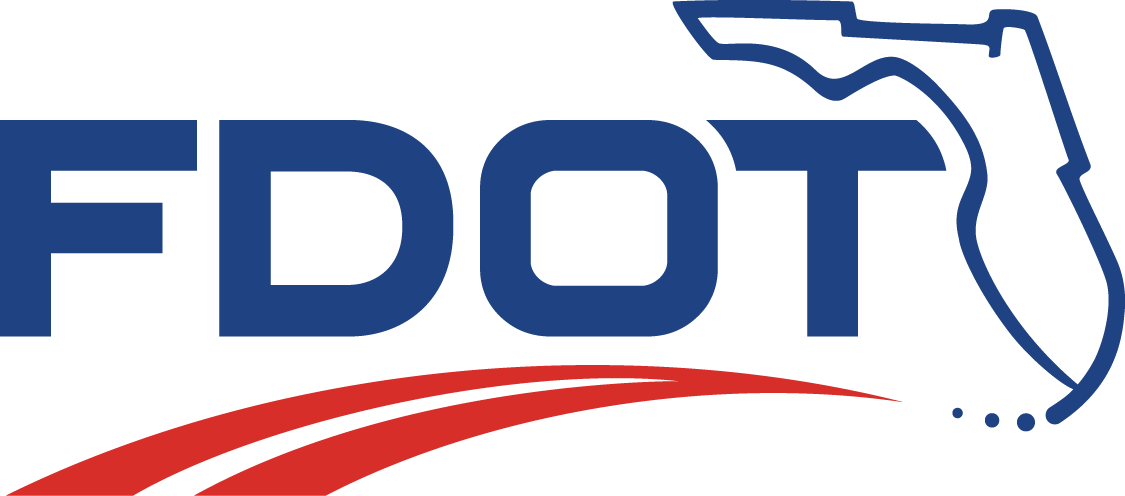Florida Local Technical Assistance Program Webinars
SRTS Webinar & Application Materials- This workshop provides information for the Safe Routes to School (SRTS) grant application. The session covers the necessary application criteria, provides resources, and offers guidance on creating a strong application for grant funds for Safe Routes to School initiatives. Viewing this webinar in its entirety completes the workshop requirement for the application.
Florida LTAP Recorded SRTS Trainings- Visit this link to view all Florida Local Technical Assistance Program (LTAP) trainings on Safe Routes to School topics.

